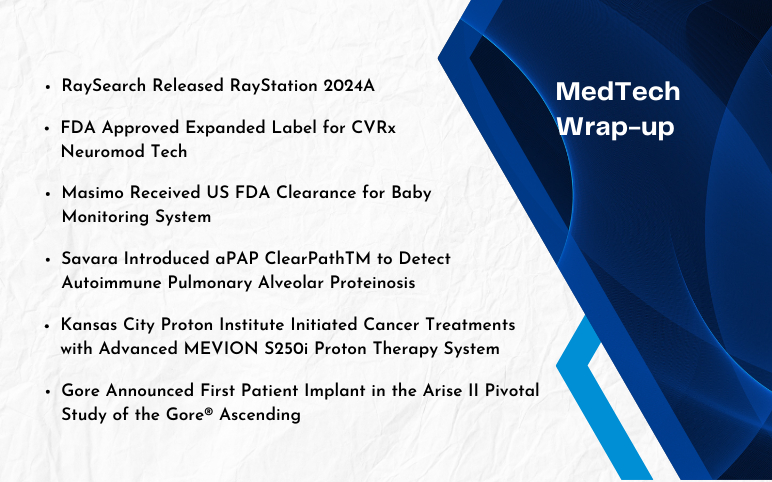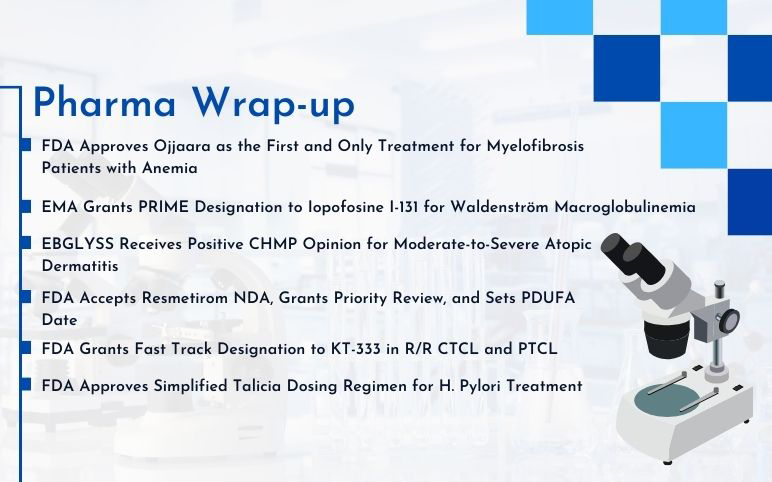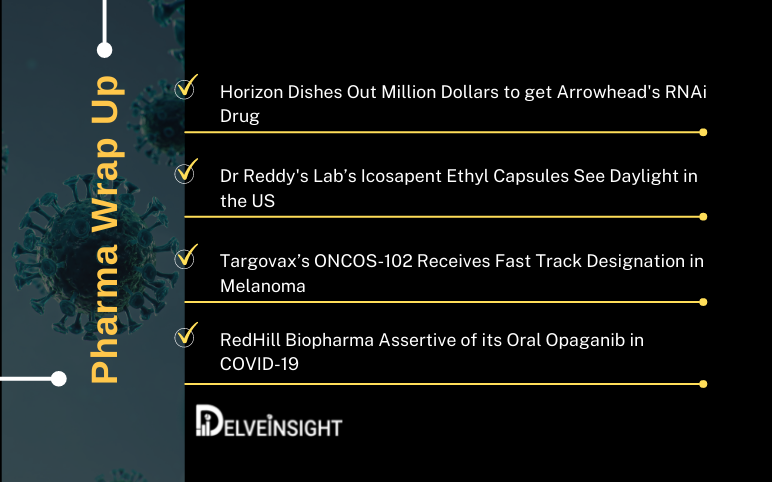The Nontuberculous mycobacterial infection market worth is expected to grow at a CAGR of 6.6% by 2030 owing to robust NTM infection pipeline, rising prevalence among immunocompromised as well as immunocompetent populations, and a considerable shift towards branded therapeutics options.
Planet Earth hosts a diversity of microorganisms. According to a new estimate, there exist approximately one trillion species of microbes, which is still increasing, and surprisingly, 99.999 per cent of those microbes, till date, remain undiscovered. However, improved culturing techniques, availability of genome sequences, and other molecular tools have helped in identifying different strains of the microbes.
Mycobacterium, one such genus belonging to phylum Actinobacteria, alone has over 190 species including tuberculosis (Mycobacterium tuberculosis) and leprosy (Mycobacterium leprae) in humans. Nontuberculous mycobacteria (NTM), also referred to as mycobacteria other than tuberculosis (MOTT), or atypical mycobacterium, is an all-pervading environmental mycobacterium concentrated in soil, and water. Drinking water, plumbing, brackish marshes, drainages and other sources, especially in hospitals, are a potential source of NTM to form colonies, thus rendering individuals with compromised immune systems including people suffering from AIDS, and geriatric population vulnerable.
Nontuberculous mycobacteria usually do not cause diseases; however, past decades have witnessed a rise in Nontuberculous mycobacterial infections, especially in western countries. Nontuberculous mycobacterial infections vary in severity, and common symptoms involve persistent cough, fatigue, weight loss, night sweats, and sometimes dyspnea and hemoptysis. Sometimes NTM causes skin diseases and inflammations. People with underlying disease such COPD, asthma, cystic fibrosis, AAD, and other lung disease are at risk of developing Nontuberculous mycobacterial lung disease, however, in some rare cases, people with no history of lung disease can also get affected.
The total Nontuberculous mycobacterial infection prevalence in the 7MM (the US, EU5 (the UK, Germany, France, Italy and Spain), and Japan) is expected to increase with a CAGR of 0.6% by 2030. Moreover, estimates show that the Nontuberculous mycobacterial infection prevalence in the United States is the highest followed by Japan. Among the European-5 countries, Germany accounted for the highest Nontuberculous mycobacterial infection prevalent population followed by France and the UK, with Spain accounting for the lowest NTM infection prevalent population. The increase in rising NTM infection prevalence can be attributed to better diagnosing techniques and disease awareness, however, the epidemiological analysis of the disease is quite challenging due to a lack of public reporting and different types of species of Mycobacterium causing NTM infections.
To date, at least 30 species of Atypical mycobacterium have been identified including Mycobacterium avium-intracellulare, Mycobacterium kansasii, Mycobacterium marinum, Mycobacterium chelonae, Mycobacterium abscessus, and others. Some of the species grow slowly, others rapidly. Some such as M. avium-intracellulare and M. kansasii are responsible for causing lung disease similar to pulmonary TB. In contrast, some such as M. marinum, and M. chelonae cause skin infections. However, that most common species causing Nontuberculous mycobacterial infection in the 7MM countries is Mycobacterium avium-intracellulare, also known as Mycobacterium avium complex (MAC).
Nontuberculous Mycobacterial Infection Market
The treatment of Nontuberculous mycobacterial infection depends on several factors such as infecting organism, the severity of the infection – if it is mild, moderate or severe, and the clinical symptoms such as fever, cough, night sweats, etc. exhibited by the patients. Generally, the strains of the bacteria are naturally resistant to most of the antibiotics; thus, the NTM infection treatment regimen comprises a combination of antibiotics. A multi-drug regimen includes Oral antibiotics (Ciprofloxacin, Clarithromycin, Azithromycin), Oral + intravenous antibiotics (Cefoxitin and Imipenem) based on disease severity and Inhaled antibiotics in case of refractory NTM infection cases.
Oral antibiotics are the first line of therapy for NTM infection. Combination of oral antibiotics therapy involves the use of approximately 67% of the macrolides, following by 54.3% of the fluoroquinolones and tetracycline. Azithromycin is the most commonly used macrolide and is often used in the prophylaxis and mycobacterial infections treatment. Furthermore, Ciprofloxacin and Minocycline are also prescribed as part of oral multi-drug regime due to their efficiency to dampen the effect of MABSC infection.
Addressing Unmet Needs That Prevails in the Nontuberculous Mycobacterial Infection Market
The Nontuberculous mycobacterial infection market has no curative treatment options. The present goal of the Nontuberculous mycobacterial infection treatment is to improve lung function. The present treatment options, along with the lengthy regimen duration, offer limited clinical benefits. Moreover, potential toxicity and complications that arise due to the administration of different antibiotics further discourage the usage of available therapeutics options in the Nontuberculous mycobacterial infection market. Besides, toxicities, the rate of recurrence or relapsing of NTM infections ranges between 20%-45%, thus eventually are given surgical interventions. Furthermore, different strains of the bacteria make the prognosis of the disease more challenging. Moreover, the slow growth of the NTM often results in misdiagnosis of the NTM lung disease as TB or a delay in diagnosis due to a low index of clinical suspicion.
However, recent years have seen an improvement in methodologies in culturing, isolating and identifying NTM from other clinical strains. Enhanced analysis of the NTM strain, defined prognosis has further improved the disease understanding and awareness. With proper knowledge of the disease, and with no efficient cure and limited therapeutic options, Nontuberculous mycobacterial infection market has managed to attract several pharma players to accelerate its growth.
Pharma companies including Insmed Incorporated, RedHill Biopharma, Novoteris, Savara, Beyond Air and others are exploring novel therapeutic approaches to treat NTM infections. The launch of emerging therapies in the NTM infection pipeline including RHB-204, Thiolanox, Molgradex, Arikayce and Nitric Oxide is expected to add value to the present Nontuberculous mycobacterial infection market by 2030. Of the emerging therapies, the most anticipated therapy in the NTM infections market to get launched is, Arikayce, an aminoglycoside antibacterial, of Insmed Incorporated. The drug is FDA approved for refractory MAC lung disease cases and is under Phase II clinical trials as first-line therapy for treatment or management of lung diseases caused by other non-MAC NTM species M. abscessus.
As per DelveInsight Nontuberculous mycobacterial infection market size is anticipated to thrive during to forecast period 2020-30. The Nontuberculous mycobacterial infection market worth is expected to be to grow at a CAGR of 6.6% by 2030. Moreover, the US is anticipated to seize the major NTM infection market share. Considering EU-5 regions, Germany is expected to take the lead with Italy occupying the least Nontuberculous mycobacterial infection market share.
Estimates reveal that due to robust Nontuberculous mycobacterial infection pipeline, rising NTM prevalence among immunocompromised as well as immunocompetent populations, a shift towards treatment landscape that involves branded therapeutics options, as well as heightened interest of the pharma players due to its flourishing growth, the Nontuberculous mycobacterial infection market will further gain momentum. However, the recent developments in the Nontuberculous mycobacterial infection market do look gleaming to eyes, there is a need of heightened R&D in the field that would help in clinical decision making of the treatment regimen and reduce the chances of drug toxicity due to multi-drug regimen. Drug-resistance is another hurdle that needs prior attention as several of the NTM strains are naturally resistant to most of the antibiotics. The issue calls for an immediate response towards an increase in drug development in the pipeline as well as a efficient treatment model that will help patients without exposing them to antibiotics and drugs for long. The Nontuberculous mycobacterial infection market offers immense opportunities as it needs an effective, simplified therapy with shortened duration of administration and diminished side effects. As the NTM infections are beginning its journey to becoming more and more prevalent among populations, an increase in the healthcare spending in the domain to stimulate the development of novel treatment modalities will help further spur the growth of Nontuberculous mycobacterial infection market size.
What is Nontuberculous Mycobacterial Infection? Nontuberculous mycobacteria (NTM), also referred to as mycobacteria other than tuberculosis (MOTT), or atypical mycobacterium, is an all-pervading environmental mycobacterium concentrated in soil, and water, which causes cough, fatigue, weight loss, night sweats, and sometimes dyspnea and hemoptysis and in severe cases NTM lung disorders.
At what CAGR is the NTM infection prevalence expected to rise? According to DelveInsight, the prevalent population of NTM infection in 7MM is expected to increase at a CAGR of 0.6% for the study period i.e. 2017–2030.
What is the anticipated increase in Nontuberculous Mycobacterial Infection Market? The Nontuberculous Mycobacterial Infection Market in the 7MM is expected to increase at a CAGR of 6.6% for the study period i.e. 2017–2030.
What are the major companies working in the Nontuberculous Mycobacterial Infection Market? Pharma companies including Insmed Incorporated, RedHill Biopharma, Novoteris, Savara, Beyond Air and others are exploring novel therapeutic approaches to treat NTM infections.
What the emerging therapies in the Nontuberculous Mycobacterial Infection Market? The emerging therapies in the Nontuberculous Mycobacterial Infection Market are RHB-204, Thiolanox, Molgradex, Arikayce and Nitric Oxide.
What are the Nontuberculous Mycobacterial Infection Market Drivers? Increasing demand of therapeutic products, impending opportunities in the market, increasing prevalence, and increasing spending on branded drugs are the major NTM infection market drivers.
What are the Nontuberculous Mycobacterial Infection Market Barriers? Lack of funding and R&D activities, lack of awareness, lack of disease understanding, future competition are some of the NTM infection market barriers.



